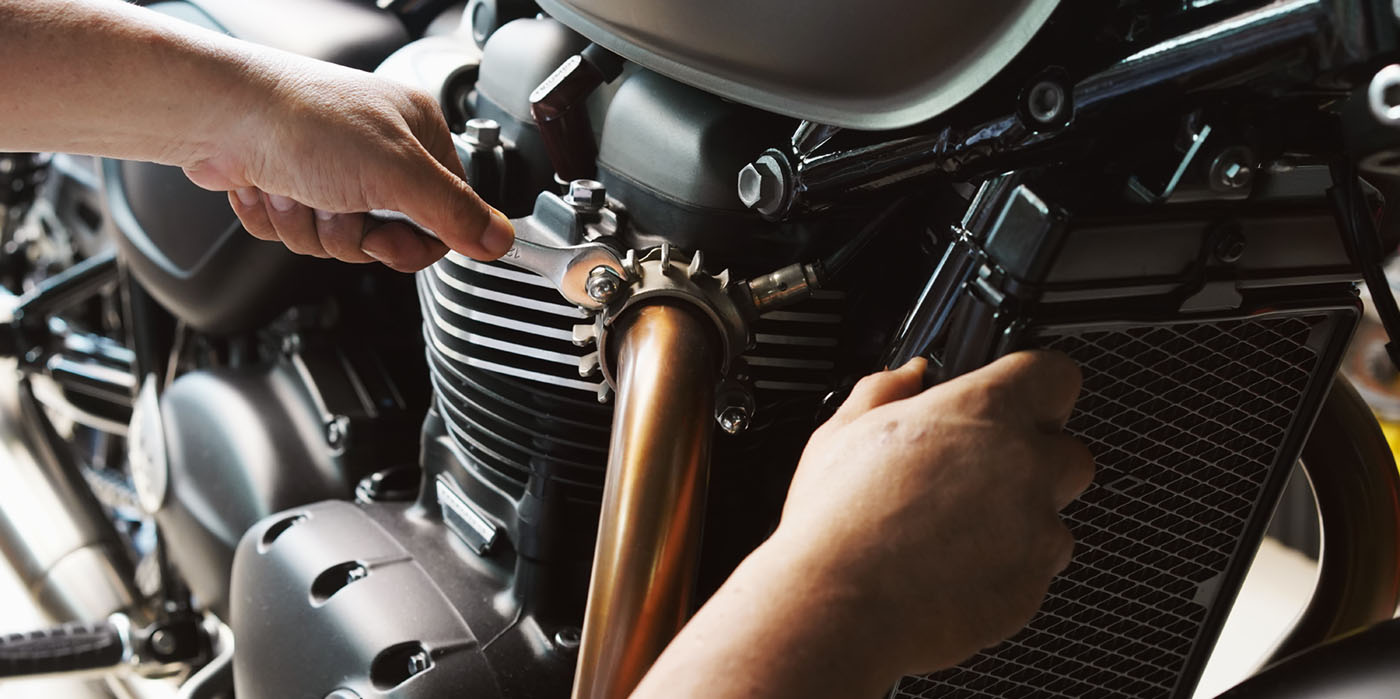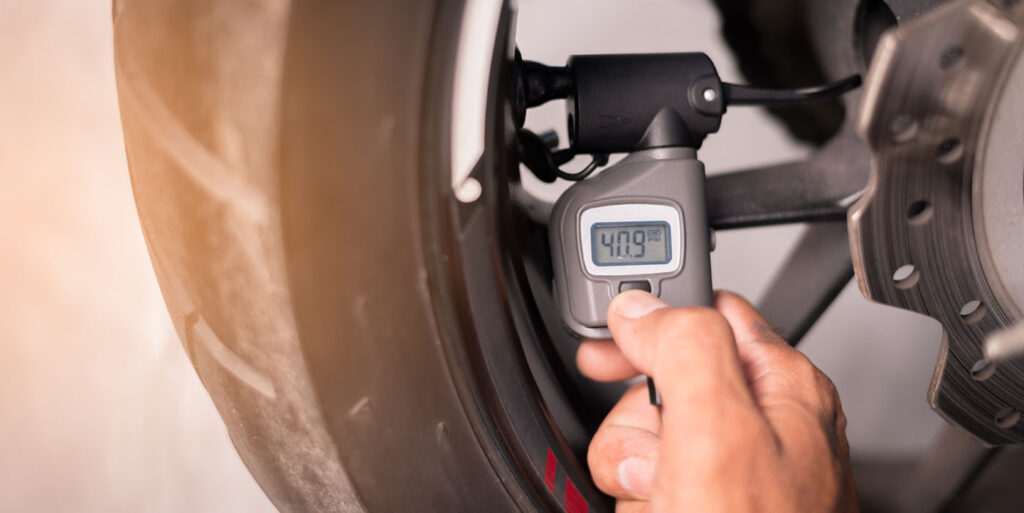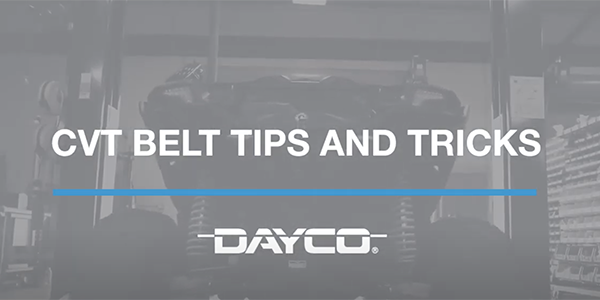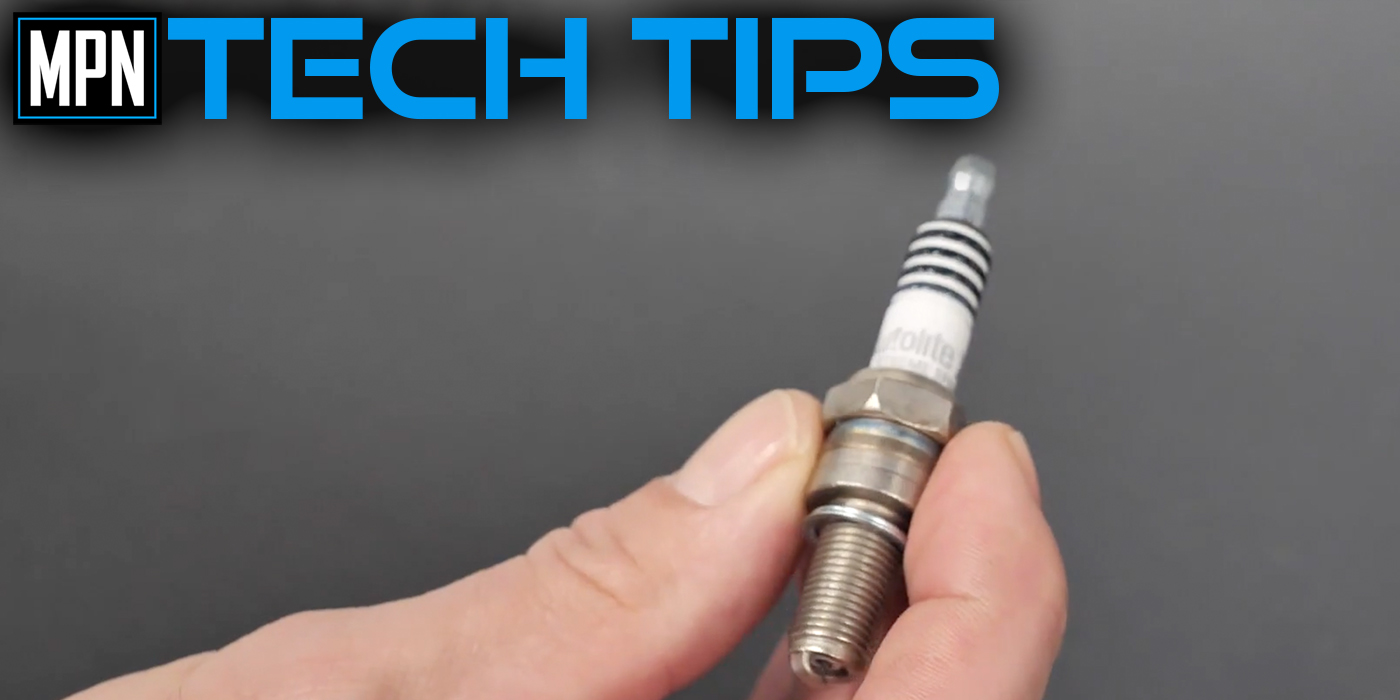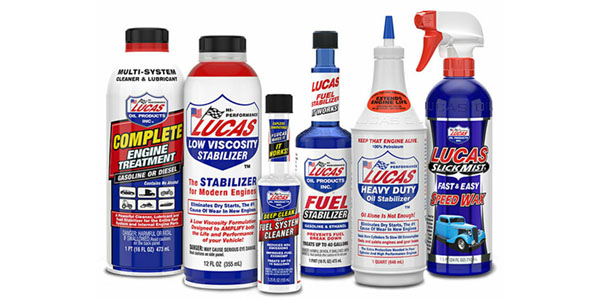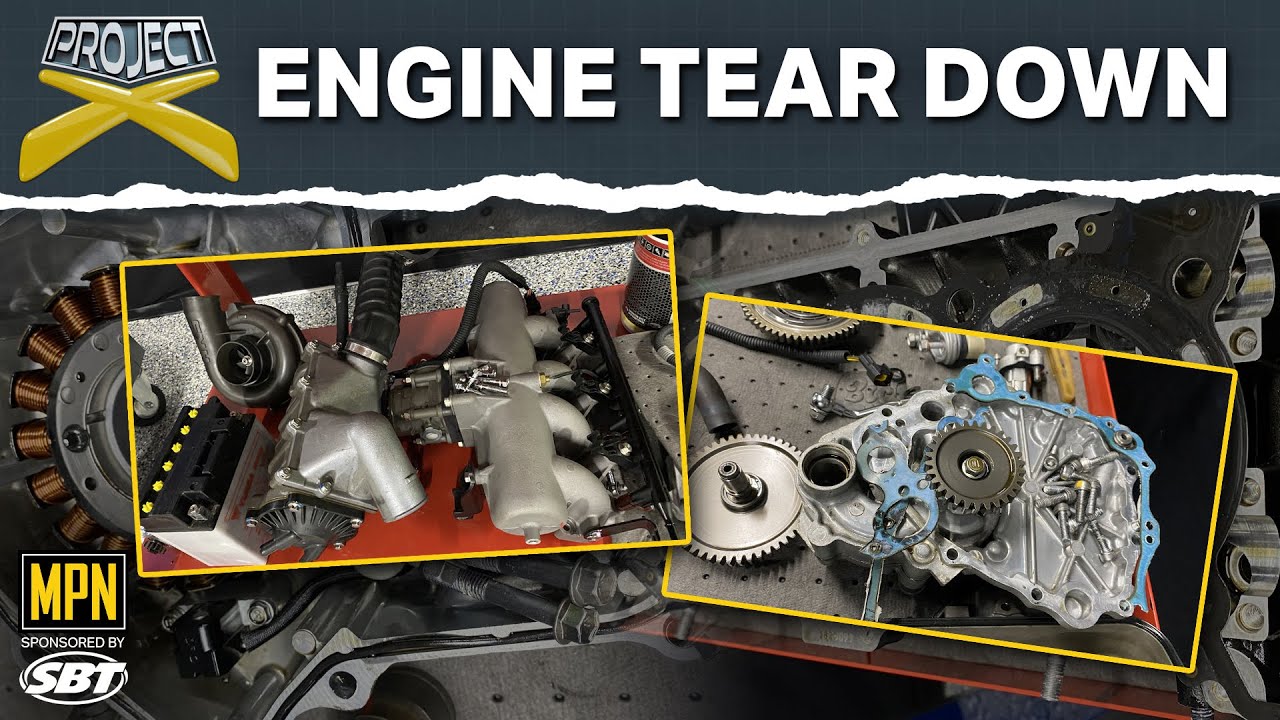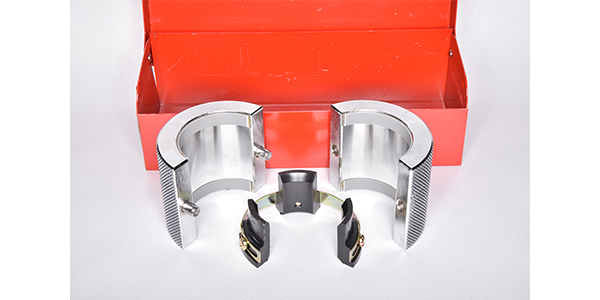
A leaky fork seal can range from barely noticeable to a puddle on the ground when the bike is parked. A loss of fork oil will, at best, degrade the damping performance and cause a failed safety inspection. At worst, the fork oil can coat the front brake disc and tire leading to an unsafe motorcycle.
Replacing fork seals is a common job that has been with us for as many decades as the damping rod fork. All damping rod forks are essentially serviced the same way. The service becomes less straight forward when the level of suspension technology is more advanced.
Before starting a fork seal service, take some time to make the proper preparation. The best place to start is a quality service manual that will have the factory specifications, procedures and special tool requirements. Reading through the procedure before the job is started will help you make a better estimate for the customer and complete the job in less time. If you’re dealing with more performance-oriented suspension, be sure to record all settings before disassembly so they can be reset once assembled.
The most common specifications you will need are oil volume, oil level, oil type and torque specs. It is also good to know the service limits for the related components like fork spring free length. Note any special procedures, such as oil bleeding, to make sure the rebuilt fork performs as it was intended from the factory.
Having the necessary special tools to complete the job is vital. Along with the tools, many forks now require special fluid as well. Replacing fork seals doesn’t take that long, even on complex forks, unless you realize mid-course you don’t have the right tool or fluid for the job. Now, you’re stuck with having to wait for something to be shipped, or spending your time trying to make something work while your customer is waiting.
One of the most basic and handy tools for fork work is a fork oil level gauge. This will allow you to quickly and accurately set the oil level.
A set of quality, common-sized fork seal drivers is a must, but even then, a strange diameter fork will come along. Keep an adjustable fork seal driver on hand as a safety net for the odd size forks that may come along. These do not work as well as a standard driver but will get the job done on many sizes of forks.
Air forks will need to be pumped up when the assembly is done – the pressure can be as low as 34 psi to as high as 189 psi for SFF forks (separate function forks). Keep a suspension-specific air pump in the shop to easily set air pressure in these forks.
Many sport bikes and SFF spring forks will need some type of spring compressor for proper disassembly and reassembly. Fancy spring compressors work great but can be expensive and may only fit a few models. To fill in the gap, a spring compressor tool like the one from Traxxion Dynamics will work on many different sportbike forks.
A very common fork tool is a damper holder. This will keep the damper from turning as the bottom bolt is loosened or tightened. Make sure to have the correct tool for the specific fork as there are several different types.
In addition to special tools, there will be a need for extra parts beyond just the basic seals. Sealing washers and O-rings often need to be replaced anytime the fork is disassembled.
Usually, the stopper ring for the fork oil seal is not included in a fork seal kit. Sometimes, this clip cannot be reused. This often occurs on “Right Side Up” forks where the outer fork tube is on the bottom. This common type of fork is susceptible to catching water between the dust and oil seals. The water will rust out the stopper ring to the point it becomes unusable.
Changing the fork bushings at the same time as the fork seals is a great way to help the customer. You are already there, and installing new bushings takes only a little more time than putting the old ones back in. If the customer complains of a clunky feel to the front suspension stroke, the bushings may be past their prime. Most bushings have a built-in wear indicator. If the Teflon coating has worn off more than the specified amount (usually 75%), they need to go.
If you service motorcycles, you will replace fork seals. Stay prepared with specifications, procedures, fluids and special tools.
Link: Cyclepedia



